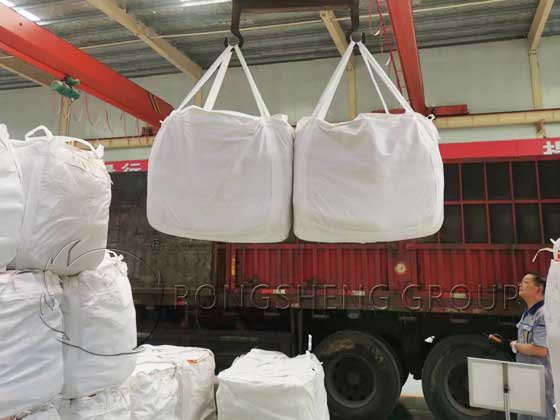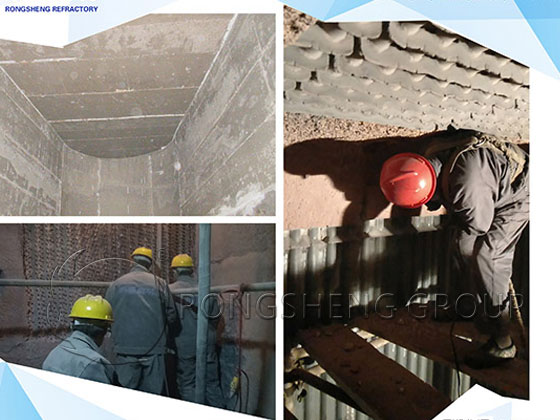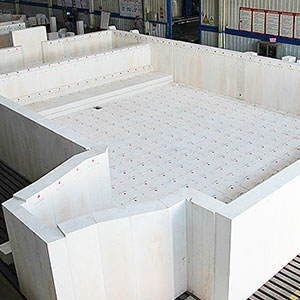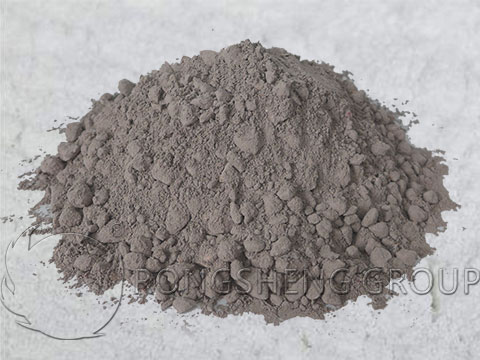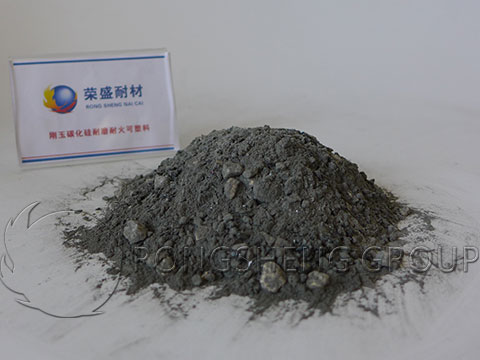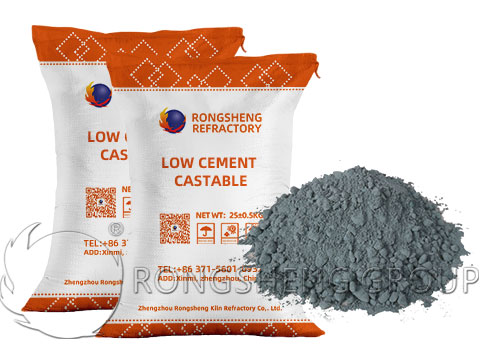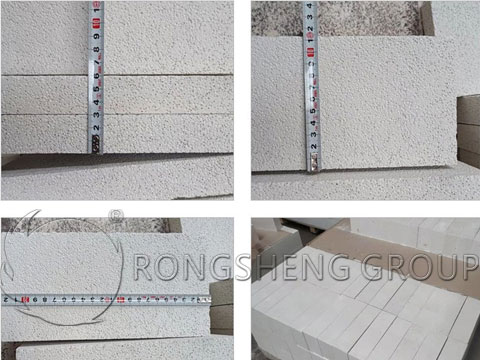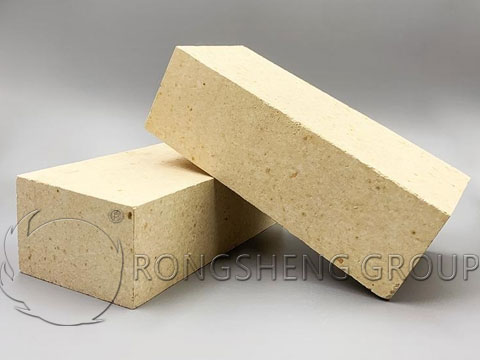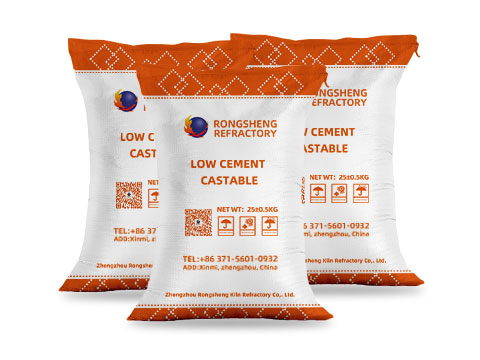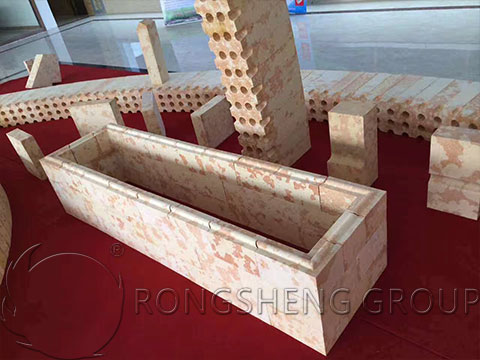When we choose ceramic fiber products, we will definitely ask the manufacturer for the main performance data of the product, and understand the data value for reference when choosing. But maybe customers are not clear about what the values represent, or some new customers don’t quite understand the meaning of these data. Therefore, most customers will consult us about the meaning of each indicator data of ceramic fiber.
What are insulation materials and refractory materials?
Conventionally speaking, a class of inorganic non-metallic materials with refractoriness not lower than 1580°C is a refractory material. Traditional refractory materials generally refer to heavy refractory bricks, castables, etc. The bulk density is generally 1000-2000kg/m3.
The advantages of ceramic fibers are obvious. On the premise of excellent thermal insulation performance, it also has good fire resistance and is a lightweight material. For reducing the load of the furnace body, the large amount of steel consumed in traditional installations due to supporting heavy materials is greatly reduced.
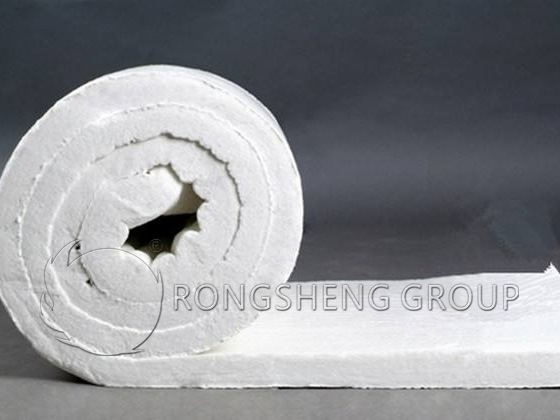
Heating Linear Shrink
It is an index to evaluate the heat resistance (use temperature) performance of ceramic fiber products. The international uniform regulations stipulate that ceramic fiber products are heated to a certain temperature under no load, and the high-temperature linear shrinkage rate of 24 hours of heat preservation indicates the heat resistance of ceramic fibers.
The test temperature at which the shrinkage rate of the heating wire is ≤3% is the continuous use temperature of the ceramic fiber product. At this temperature, the amorphous ceramic fiber crystallizes, the grain growth rate is slow, and the fiber performance is stable and elastic.
The test temperature at which the shrinkage rate of the heating wire is ≤4% is the service temperature of the ceramic fiber product.
Thermal Conductivity
Thermal conductivity is a physical property of a substance and an index to characterize the thermal insulation performance of ceramic fibers.
It depends on the structure of ceramic fiber products, bulk density, temperature, furnace atmosphere, humidity, and other factors.
Ceramic fiber is a mixed structure composed of solid fibers and air, and its porosity reaches 93%. A large amount of air with low thermal conductivity fills the pores and destroys the continuous network structure of solid molecules, thereby obtaining excellent thermal insulation performance. And the smaller the diameter of the pores, the more the number of pores divided into closed states by the solid fibers along the direction of heat flow, and the better the thermal insulation performance of the ceramic fibers.
Effect of Chemical Composition
The chemical composition directly determines the heat resistance of the fiber:
- (1) Al2O3, SiO2, ZrO2, Cr2O3 and other active ingredients ≥ 99%. The high-temperature oxide content directly determines the performance of ceramic fibers.
- (2) Fe2O3, Na2O, K2O, MgO, and other impurities are less than 1%, which are harmful impurities and directly lead to the deterioration of the performance of ceramic fibers.
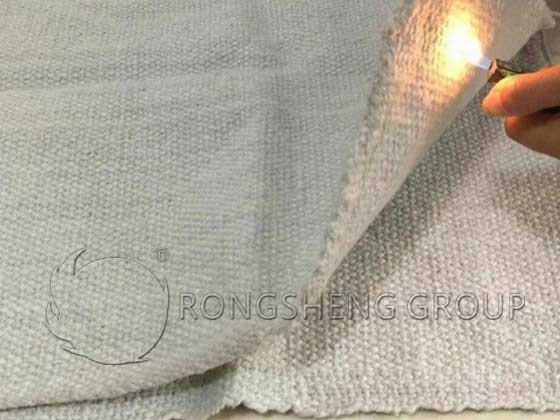
Factors Affecting the Performance of Ceramic Fiber Cloth
Ceramic fiber cloth is made of ceramic fiber plus a certain proportion of organic fiber, lined with glass wire (steel wire), spun into yarn, and then woven into cloth. What is the effect of each additive on the performance of ceramic fiber cloth?
- The content of organic fiber determines the ablation rate of ceramic fiber cloth.
- The type of organic fiber determines the flexibility of ceramic fiber cloth. Commonly used organic fibers include viscose, polyester, pulp, etc. Among them, viscose is better than polyester, and polyester is better than pulp.
- Reinforcing fiber, the diameter of glass fiber determines the tensile strength of ceramic fiber cloth.
- Reinforcing fiber, the material of heat-resistant stainless steel wire determines the corrosion resistance of ceramic fiber cloth (304 stainless steel wire > 302 stainless steel wire > 201 stainless steel wire > iron wire). Responsible manufacturers of ceramic fiber cloth use high-quality organic fiber viscose, glass fiber with reasonable fiber diameter, or 304 heat-resistant stainless steel wire to produce high-quality ceramic fiber cloth. Commonly used in high-temperature furnaces, it has a long service life and strong wear and corrosion resistance.
- The degree of twist in the weaving process determines the smoothness of the appearance of ceramic fiber cloth.
- The quantity of the previous batch determines the bulk density of the ceramic fiber cloth.
Rongsheng manufacturers focus on the production and application of ceramic fiber cloth and refractory fiber cloth, thermal insulation solutions, and materials. If you are looking for more high-quality insulation materials for high-temperature industrial furnaces, please contact us, at sales@refractoriesmaterials.com. Our new type of insulation material product has low thermal conductivity, almost zero shrinkage, and is not easy to deform. It can effectively improve the utilization rate of energy and save production costs.
